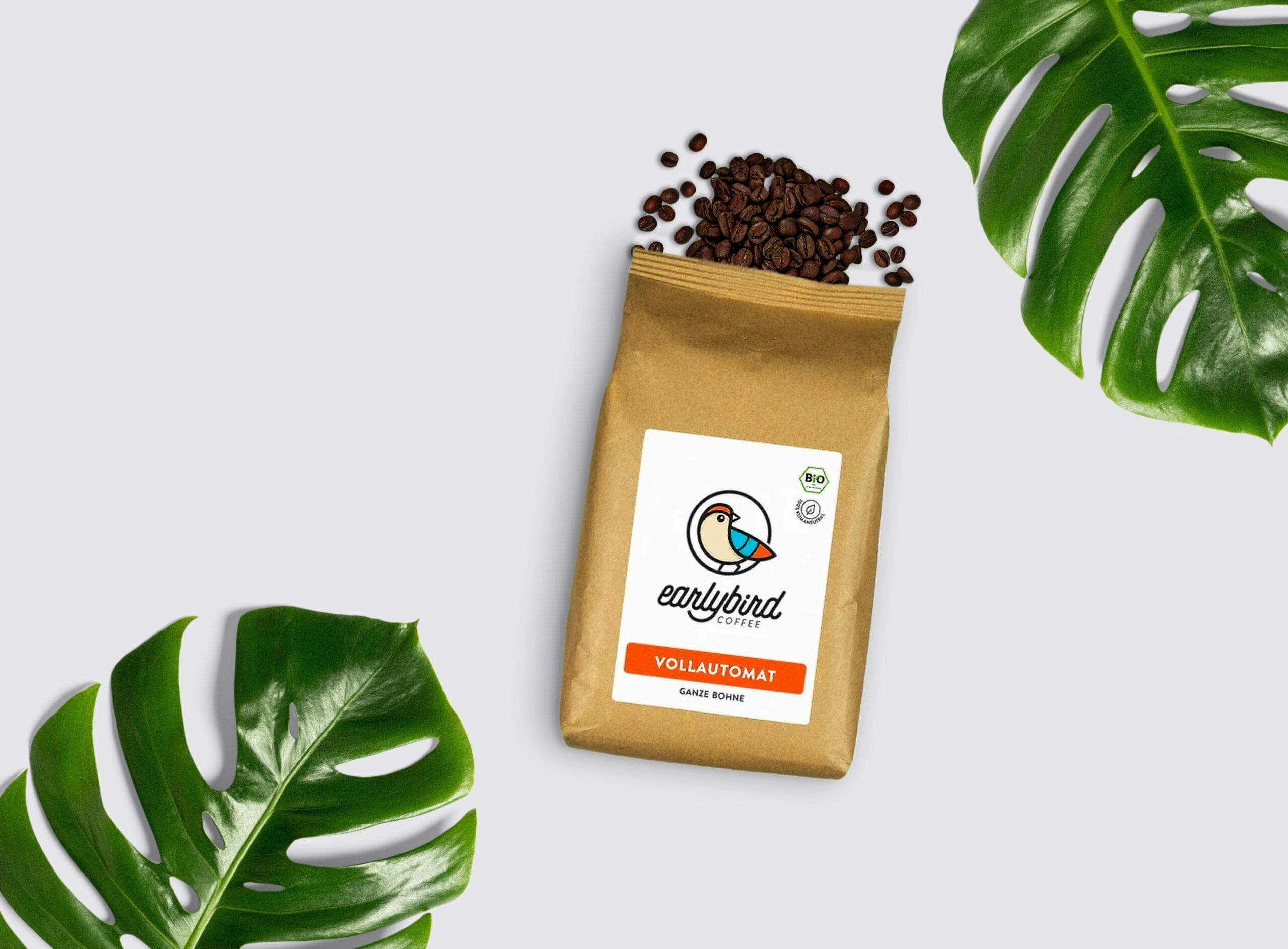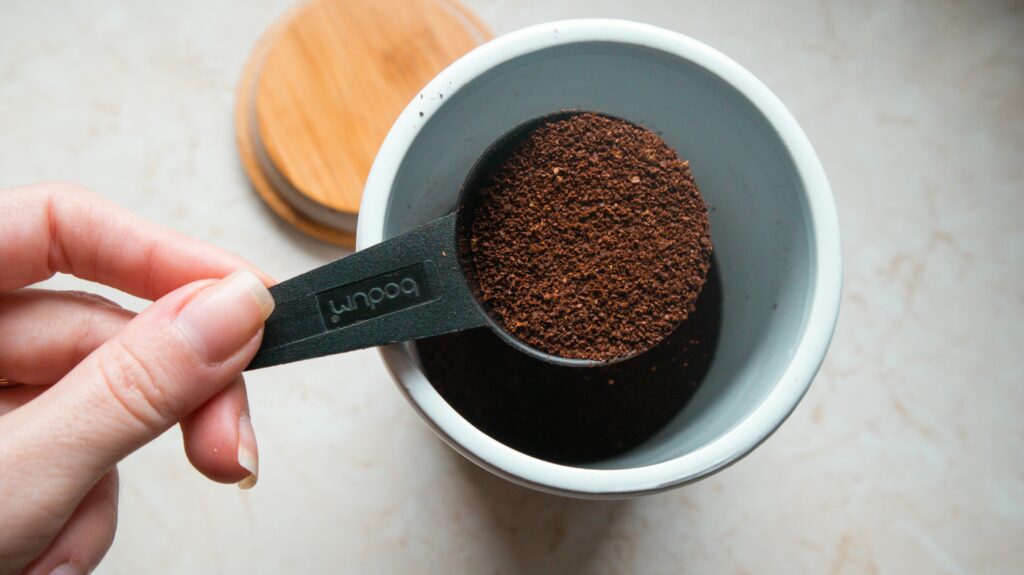Did you know that coffee’s acidity can vary depending on the beans and brewing method? I’m here to share my findings, whether you’re curious about why coffee might cause an uneasy feeling or how it compares to other drinks. This guide will explore everything you need to know about coffee acidity! so lets read about is coffee Acidic?
Table of Contents
ToggleWhat is the pH of Coffee?
Coffee is slightly acidic with a pH ranging between 4.85 to 5.10. This means it’s less acidic than your average soda (which has a pH of around 2.5-3.0), but it’s definitely not as neutral as water. Factors like the type of beans, roast level, and brewing method can influence coffee’s final pH. Light roasts tend to be more acidic. Medium roasts have a balanced acidity, while darker roasts lose some of those acids, leading to a smoother, less acidic brew. Cold brewing tends to have a higher pH, making it less acidic.
| Beverage Type | pH Level |
|---|---|
| Water | 7.0 (Neutral) |
| Coffee | 4.85 – 5.10 |
| Soda | 2.5 – 3.0 |
| Orange Juice | 3.5 – 4.0 |
How Acidic is Coffee Compared to Other Drinks?

A visual chart comparing the acidity of coffee to other popular beverages like tea, wine, or beer would make the information more engaging. For instance, tea has a pH of around 6, while beer has a pH of about 4. Adding these comparisons could help readers understand where coffee fits on the acidity spectrum.
Coffee is more acidic than water, but less acidic than most sodas and citrus juices. On the pH scale, anything below 7 is considered acidic, and coffee falls right in that range. Cold brew coffee is typically less acidic compared to hot-brewed coffee—thanks to its longer, slower brewing process that minimizes the acid extraction.
Why is Coffee Acidic?
Definition
Yes, coffee is acidic, with a pH level typically ranging from 4.85 to 5.10, placing it below the neutral point (7) on the pH scale. This acidity is mainly due to the natural presence of chlorogenic acids in coffee beans. Factors like bean type, roast level, and brewing method can affect the acidity. Light roasts tend to be more acidic, while darker roasts are smoother. Compared to soda, which has a pH of 2.5 to 3.0, coffee is less acidic and generally easier on the stomach.
Coffee’s acidity is due to its natural chlorogenic acids, which are present in the green beans and break down during the roasting process. Chlorogenic acids are powerful antioxidants, and while they contribute to the bright, tangy flavor of coffee, they can also increase gastric acid levels, which may cause discomfort for some individuals. Lightly roasted beans tend to have more of these acids, resulting in higher acidity, while medium roasts have a balanced level of acidity, and darker roasts have lower levels of these acids because they break down at high temperatures.
Light Roast: Higher acidity, brighter flavor.
Dark Roast: Lower acidity, smoother flavor.
The region where the coffee is grown also plays a role. Beans from high-altitude areas like Ethiopia or Kenya are often more acidic compared to those from lower altitudes.
Is Coffee Acidic or Basic?
Coffee is acidic. Its pH value is below 7, placing it firmly in the acidic range. For those with acid reflux or sensitive stomachs, this acidity might cause discomfort, especially if you drink it on an empty stomach.
Is Coffee More Acidic than Soda?
No, coffee is less acidic than soda. Soda’s pH typically falls between 2.5 and 3.0, making it significantly more acidic than coffee. This difference in acidity levels is why soda can be harsher on the stomach compared to a cup of coffee.
What Makes Coffee Acidic?

The acidity in coffee is largely due to chlorogenic acids, which are natural compounds found in green coffee beans. These acids are responsible for the bright, tangy notes found in many coffees. When beans are roasted, the chlorogenic acids break down, with light roasts retaining more acidity and dark roasts losing some of that sharpness. Additionally, acidic coffee grounds can contribute to soil acidity if used as a fertilizer, which can affect plant growth. According to the USDA, coffee grounds generally have a pH of around 6.2 to 6.8, making them slightly acidic and beneficial for acid-loving plants like blueberries, azaleas, and rhododendrons.
Does Mixing Soil and Coffee Make it Acidic?
Yes, mixing coffee grounds with soil can increase its acidity. Coffee grounds have a slightly acidic pH, and adding them to soil can be beneficial for acid-loving plants like blueberries and azaleas. However, it’s essential to use coffee grounds in moderation, as too much can make the soil overly acidic, impacting plant health.
Coffee on the pH Scale
The pH of coffee is typically between 4.85 and 5.10, making it mildly acidic. On the pH scale, anything below 7 is acidic, while anything above 7 is basic. Coffee sits comfortably in the acidic range, but it is not as extreme as sodas or citrus juices.
Does Coffee Have Acid?
Yes, coffee does contain acid. It contains a variety of acids including chlorogenic acid, quinic acid, and citric acid. The acids give coffee its signature taste and contribute to its complexity. However, for some individuals, these acids can contribute to acid reflux or heartburn.
Does Coffee Cause Acid Reflux?

For many people, coffee can be a trigger for acid reflux or heartburn. According to the American Gastroenterological Association, caffeine and acidic compounds in coffee can stimulate gastric acid production, which may aggravate reflux symptoms. If you’re prone to reflux, opting for a low-acid coffee or brewing a cold brew may be a better choice.
| Factor Affecting Acidity | Impact on Acid Reflux |
| Type of Roast | Dark roasts are better |
| Brewing Method | Cold brew is less acidic |
| Caffeine Content | Less caffeine, less reflux |
Is Black Coffee Acidic?
Yes, black coffee is acidic. Whether you drink espresso, Americano, or drip coffee, it all falls within the same pH range of around 4.85 to 5.10. The lack of milk or cream in black coffee means there is nothing to neutralize the acids, making it a stronger experience for those sensitive to acidity.

Does Cinnamon Reduce Acidity in Coffee?
You might be surprised to hear that adding cinnamon to your coffee can help reduce acidity. Cinnamon is naturally alkaline, which helps balance out the acidic nature of coffee. By neutralizing some of the acids, cinnamon can make coffee easier on your stomach. Plus, it adds a delicious flavor without added sugar or cream. The alkalinity of cinnamon interacts with the acids in coffee, reducing their overall impact and making the drink more suitable for those with sensitive stomachs. Additionally, other natural additives like almond milk or honey can also help reduce acidity while adding unique flavors to the coffee. You might be surprised to hear that adding cinnamon to your coffee can help reduce acidity. Cinnamon is naturally alkaline, and adding a small amount can neutralize some of the acidity in coffee, making it easier on your stomach. Plus, it adds a delicious flavor without added sugar or cream.
How to Reduce Coffee Acidity
If you love coffee but want to cut down on the acidity, here are a few simple ways:
Opt for Dark Roasts: These have lower acidity compared to light roasts.
Cold Brew: Cold brewing significantly reduces acidity—by about 67% compared to hot brewing.
Add Milk or Cream: Dairy can help neutralize coffee’s acids and make it more stomach-friendly.
Use Low-Acid Beans: Beans from places like Brazil or Sumatra are naturally lower in acid.
Add a Pinch of Baking Soda: A very small amount can help neutralize some acidity.
Is Decaf Coffee Less Acidic?
Yes, decaf coffee is usually less acidic than regular coffee. The decaffeination process often removes some of the acidic compounds along with the caffeine, making it a milder option for those sensitive to acidity.
How Much Acid is in Coffee?
The acid content in coffee depends on factors like roast level and bean origin. Light roasts contain higher amounts of chlorogenic acids, contributing to higher acidity levels. On the other hand, dark roasts and decaf coffee contain less acid, which might be a better option for those with sensitivity.
20% of Americans experience acid reflux at least once a week. Coffee, due to its acidity, can sometimes trigger or worsen symptoms in individuals who are prone to heartburn or acid reflux.

How Does Coffee’s Acidity Affect You?
For some people, the acidity in coffee enhances its bright and tangy flavor, contributing to the unique taste we enjoy. However, others—especially those with acid reflux or sensitive stomachs—might find that coffee’s acidity can cause discomfort. In fact, about 20% of Americans experience acid reflux at least once a week, and coffee can sometimes worsen these symptoms.
Although coffee is less acidic than drinks like orange juice or soda, the acidic compounds can still lead to heartburn or stomach upset for some individuals. The acidity also adds to coffee’s overall flavor profile, making it taste more complex, sharp, or even a bit sour, depending on how it’s brewed.
How Acidic is Coffee Compared to Other Drinks?
The level of acidity in coffee can vary depending on how it’s brewed and the roast used. For example, cold brew coffee is often less acidic than traditional hot brewed coffee because the cold water extracts fewer acidic compounds from the coffee beans. Dark roasts are also less acidic than lighter roasts because the roasting process breaks down many of the acids present in the beans.
When comparing coffee to other common drinks, it falls in the middle. Soda, for example, has a pH level around 2.5, making it much more acidic than coffee. Even fruit juices like orange juice, which have a pH around 3.5, are more acidic. Coffee, with a pH of around 5, sits closer to drinks like black tea.

64% of Americans drink coffee daily, making it one of the most popular beverages in the country. With many coffee drinkers managing acidity issues, there’s a growing demand for low-acid coffee options and gentler brewing methods.
FAQs About Coffee Acidity
Q: Is coffee more acidic than soda?
A: No, soda is generally more acidic with a pH of 2.5-3.0, compared to coffee’s pH of 4.85-5.10.
Q: What makes coffee acidic?
A: The chlorogenic acids naturally present in coffee beans contribute to its acidity.
Q: How can I make my coffee less acidic?
A: Try cold brewing, using darker roasts, or adding a pinch of cinnamon to balance the pH.
Q: Does coffee cause heartburn?
A: Yes, for some people, coffee can trigger heartburn or acid reflux, especially when consumed on an empty stomach.
Q: What is the pH level of espresso?
A: The pH of espresso is similar to that of regular coffee, ranging from 4.85 to 5.10.
Q: Is tea less acidic than coffee?
A: Generally, tea tends to have a pH closer to 6, making it less acidic than coffee.
Q: Does decaf coffee cause less acid reflux?
A: Yes, decaf coffee tends to cause less acid reflux as it has fewer acidic compounds and less caffeine.
Q: What is the least acidic coffee roast?
A: Dark roasts are the least acidic because the roasting process breaks down more of the acids.
Q: Is cold brew less acidic than hot brew?
A: Yes, cold brew is typically about 67% less acidic than hot-brewed coffee due to its brewing method.
Q: Does adding milk to coffee reduce acidity?
A: Yes, adding milk or cream can help neutralize the acidity in coffee, making it easier on your stomach.
Q: Which coffee is best for acid reflux?
A: Low-acid coffee beans, dark roasts, or cold brews are generally better for people who suffer from acid reflux.
Q: How does caffeine affect is coffee acidic?
A: Caffeine itself does not affect acidity directly, but it can stimulate acid production in the stomach, contributing to acid reflux.
Analogy
Think of coffee’s acidity like the sourness of a lemon. Some people love the sharp, bright taste, while others find it overwhelming. Just as you might add sugar to balance out the sourness in lemonade, you can adjust coffee’s acidity by using different brewing methods or adding milk to make it smoother.
Conclusion
In conclusion, coffee is acidic, but the level of acidity can be managed. By selecting the right beans, roast, and brewing method, you can enjoy coffee without worrying too much about its effects on your stomach. Coffee has a pH level around 5, making it less acidic than many common beverages. If you’re one of the 64% of Americans who drink coffee daily, these tips can help you find a brew that suits your taste without causing unnecessary discomfort.
References
Additional References
National Coffee Association USA – Information on is coffee acidic and brewing methods.
Healthline – Insights into how coffee affects acid reflux and stomach health.
Coffee Chemistry – Detailed information on coffee’s chemical composition and acidity.
WebMD – General health impacts of coffee consumption.
Mayo Clinic – Information on acid reflux and dietary considerations.
Final Thoughts
Is coffee acidic is a complex topic. It’s crucial for anyone who loves their morning brew but struggles with heartburn to understand how acidity impacts their experience. Whether you’re looking for a smooth, dark roast or experimenting with cold brews, there are ways to keep acidity in check without giving up on your favorite cup. If acidity is a big concern, remember to explore low-acid coffee beans and brewing methods that are gentler on your stomach.
Disclaimer
This article is for informational purposes only and should not be considered medical advice. If you have health issues related to is coffee acidic or acid reflux, consult a healthcare professional.
We Want Your Feedback!
Have you tried any of these methods to reduce coffee acidity? Do you have a favorite low-acid coffee brand? Let me know in the comments below! Your insights help us improve and share better coffee experiences for everyone.










































